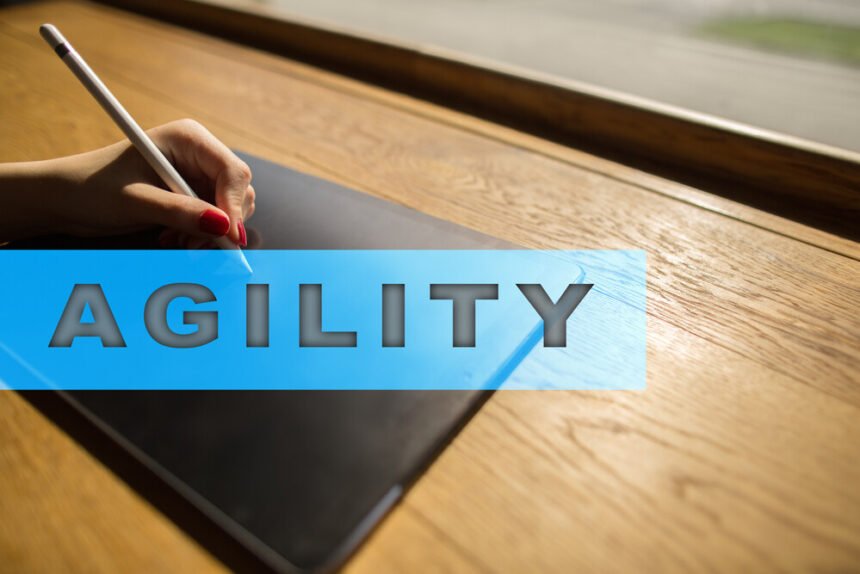If there’s an “it” purchasing demographic, it’d be hard to argue against Millennials. With a population of approximately 92 million Americans, industry after industry is trying to find a way to capitalize on the generation’s current spending power.
But the smartest companies aren’t just focused on appealing to the latest spending bloc. They’re trying to proactively anticipate the consumer demands of tomorrow and make themselves agile enough to meet those challenges. Knowing your customers means understanding and forecasting potential change. Rather than devoting every resource to serving an audience with a single set of needs and expectations, agile companies segment current and future audiences and determine where they’ll need to invest in two to five years.
While this forward-thinking mindset often gets associated with fast-growing startups, it’s especially important for legacy-industry companies relying upon dated technology. Even if a technology overhaul isn’t in the cards for your company anytime soon, you can still begin to adopt an agile approach to serving your customers.
True, technology is changing faster than ever, but agile companies also understand that people are constantly changing. It’s important, now more than ever, that your company uses data to follow that lead and change with them.
Disruption Around Every Corner
Given the ubiquity of Millennials, it’s no surprise that brands are bending over backward to cater to these young consumers. Their consumption patterns, in fact, have led to the disruption of a diverse range of industries.
Look no further than Netflix and Spotify, two subscription-based, on-demand offerings serving as pacesetters in the media and entertainment industry. Millennials — as well as the generations before and after them — are ditching one-time, purchase-based consumption in favor of pay-as-you-go models. This means media production companies are now fighting for profit and revenue share with companies supplying entertainment services and scrambling to find new ways to reach younger audiences that tend to stay away from traditional television.
Then there’s the retail banking industry, which has quickly pivoted toward a Millennial audience that seems to prefer doing everything mobile, especially making payments. The convenience of peer-to-peer payment apps has helped them become Millennials’ second-most preferred payment method of choice, next behind cash, pressuring retailers and financial institutions that don’t offer that option to reconsider.
Anticipating and adapting to trends in these industries and others is what companies committed to remaining agile do. Instead of waiting for trends to emerge, they find what piques user interest and disrupt the status quo in that direction.
Know When to Bend
As companies seek to adapt their products and services to coincide with Millennial expectations, many risk losing sight of a larger shift that’s occurring: the fact that consumer demographics are changing more rapidly than ever before. Sure, Millennials are everyone’s target right now, but as Generation Z and others come of age, the consumer base will continue to change and still crave personalization, perhaps even more than before.
Business leaders need to focus less on generational divides and more on building agile, resilient customer-care models that stand the test of time. The following are some ways to look toward the future:
1. Invest in research. To develop a supply chain that caters to the demands of future consumers, it’s important to understand what that segment expects from the exchange of services and goods. Furthermore, don’t assume that Millennial consumption trends are laying the foundation for a new relationship model between brands and consumers.
Invest in resources that quantify and spot new trends, even when you’re not looking. Things can and will change drastically in a matter of years as customer expectations continue to rise, so make sure you have the tools and information to move along with them.
2. Plan today for tomorrow. With that research in hand, the best way to stay ahead of disruption is to anticipate it using the information you have. Millennials — the first generation to largely grow up with the internet — are often considered “digital natives.” Gen Z, whose oldest members are just now graduating from college, might be called fully “Wi-Fi-enabled,” while today’s teenagers and preteens, who’ve never known a world without the internet, will soon be the world’s dominant consumer segment.
Study these demographics carefully and look for behavior and consumption patterns. The information is available, plentiful, and extremely valuable. Once patterns and trends emerge, begin investing in resources that will allow you to act on that data.
3. Harness technology. Customer relationship management systems should be used in more sophisticated ways that account for generational data. Companies will need CRMs that integrate real-time and historical behavioral data while leveraging data mining, advanced analytics, and AI to identify purchase and behavior patterns that emerge along generational lines.
This will allow brands to provide better, more personalized customer experiences and to predict preferences and expectations before they become pain points along the customer journey.
If you’re looking for examples of agile companies, they’re the ones with long-term plans that allow them to shift on a dime. Put practices and philosophies in place that keep appealing to Millennials and other alpha consumers, but keep those methods flexible.
The best companies expect change to happen. Prepare like one of those businesses and your product can age gracefully with the target audience.

